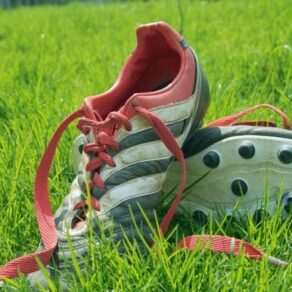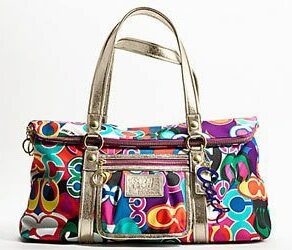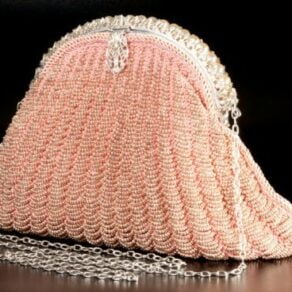Teresa asked: Can I combine my snake’s salmonella covered accessories in the dishwasher with my dishes? My intuition says no, but it seems like the hot water from the dishwasher should kill the salmonella bacteria. Is it okay to wash my dishes with pet dishes, all in the same load?
Reptiles are notorious for spreading salmonella, so particular care is required for cleaning and disinfecting their gear. When cleaning reptile accessories, it’s extremely important to keep them, the cleaning solution, and even the container you clean them in separate from other items, particularly children’s toys and any food containers or dishes. Here’s how to get the job done safely.
You Will Need:
- Large plastic tub
- Liquid soap
- Clean rag
- Household bleach
- Water
- Rubber gloves
- Safety goggles
Steps to Clean the Accessories:
- Begin by protecting yourself with rubber gloves and safety goggles.
- Organic matter, including food and feces, will prevent the bleach from doing its job, so before you disinfect the reptile accessories, you need to clean them.
- Wash each item in a solution of hot, soapy water. Use a sponge or soft cloth to scrub away any debris. Rinse well with water before moving on to the disinfecting process.
- Once the reptile gear is clean, remove the contaminated water and rinse the large plastic tub. Refill with water and add 1 cup of bleach for every gallon of water.
- Soak the reptile accessories in the solution for at least 10 minutes for hard plastic pieces and longer for porous or wooden objects to allow for full penetration of the disinfectant.
- Remove the items from the bleach solution and rinse thoroughly with clean water. Ensure that all of the soap/bleach is removed so that it does not harm the reptiles when it is placed back in their environment.
- Allow the disinfected reptile accessories to dry thoroughly before resuming use. It is best to air dry them.
Additional Tips and Advice
- Hot water alone will NOT disinfect reptile gear. It needs to be cleaned and then disinfected.
- Never reuse the cleaning solution used to clean the gear. It is contaminated and should be disposed of properly.
- Keep reptile accessory cleaning supplies separate from household items. A separate bucket or tub used for cleaning these items is best.
- Wash your hands with hot, soapy water after handling reptiles and reptile accessories.










Many dishes created for reptiles do not hold up to the high heat of the dishwasher. You CAN use your dishwasher to clean your reptile’s food and water bowls, but should be done separately from human dishes. Remove all of the noticeable waste before washing. You can then use a dishwashing cleaner after, if you want to play it safe.
The above strict safety guidelines are not necessary for most reptiles. While ALL ANIMALS, not just reptiles, can transmit salmonella, infection risk can be minimal with basic sanitary practices.
*Wash hands after handling animal and/or waste products.
*Keep pet dishes separate from human dishes.
*Maintain proper animal husbandry – clean cages make for healthy animals.
*Supervise children with cleaning and handling!
*Use hand sanitizer!
Wow, I read this after four years of just throwing my iguana’s dishes in with ours in the dishwasher. In the four years we had him, none of us ever got ill. In fact, we’ve been surprisingly healthier than our friends who catch every flu bug that goes by. Maybe “clean” salmonella helps raise the immune system! 🙂
“Notorious for spreading salmonella?” Who is this clown??
I grew up playing in the dirt with all kinds of reptiles, amphibians, dogs, cats, rabbits, goats, chickens… You name it. And I am the healthiest “kid” my family has had. All the others (who grew up with no pets) are sick all the time. I had twenty frogs, two newts, and a painted turtle living in my bedroom with me at one point. You can get salmonella from your food, public places, etc. I think precautions are a very good thing, but I’ve seen way too many instances of articles that almost seem to try to scare people away from reptiles. Take normal flu season precautions all year around, you’ll be fine.